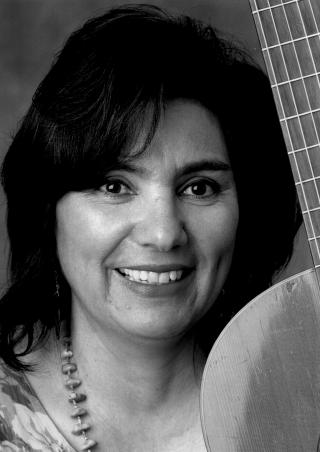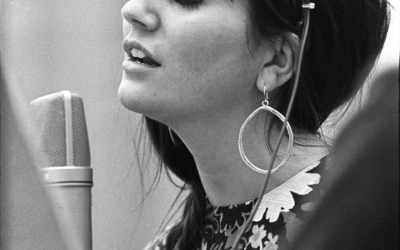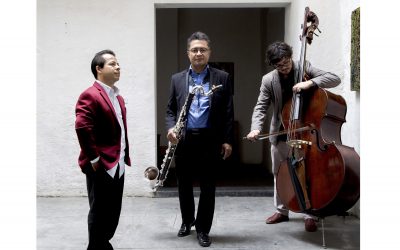Ethnomusicologist Brenda Romero to visit UNM
October 22, 2015 • 2:00-3:30 PM • Keller Hall
Inditas reflect the coming together and coexistence of First Nations and Spanish peoples in the northernmost part of New Spain, and refer to Pueblo, Navajo, Apache, and Comanche, Spanish, and Mexican peoples, but mostly are the products of mestizos (Indo-Hispano, Chicano). The songs are an indirect history of encounter in New Mexico over time. New Mexican ethnomusicologist Dr. Brenda M. Romero will sing and discuss a selection of Inditas and will project song translations for non-Spanish speakers.

Brenda M. Romero is an Associate Professor and Coordinator of Ethnomusicology at the University of Colorado in Boulder. She has worked extensively on the pantomimed Matachines music and dance and other New Mexican folk music genres that reflect both Spanish and Indian origins. Since 1998 she has extended her fieldwork and research on Matachines to Mexico and in January 2007 to Colombia, and has published various related articles. She is co-editor with Olga Nájera-Ramírez and Norma Cantú of Dancing across Borders: Danzas y Bailes Mexicanos (University of Illinois Press, forthcoming). In 2000 she was awarded a Brenda M. Romero Fulbright Research Scholarship to conduct field research on the Matachines music and dance in Mexico. She received the 2005 Society for American Music’s “Sight and Sound” award, a subvention toward the production of her 2008 CD, Canciones de mis patrias: Songs of My Homelands, Early New Mexican Folk Songs. In recognition of her work to promote diversity at CU, she was awarded the President’s 2007 Faculty Award for Diversity.
An Americanish Songbook: Linda Ronstadt’s “other” Country
This talk will consider performances and recordings by singer Linda Ronstadt to propose what I refer to as her Americanish musical songbook. The suffix “ish” here intends to accentuate the “somewhat” or “to some extent” of “American” that Ronstadt—Tucson born and raised—lived and sonically imagined through her extraordinary musical career.
Arab Musicking on the U.S.–Mexico Border
This talk explores the relationship between trauma and identity by examining Arab music performance on the U.S.–Mexico border. Drawing on the musicking of Syrian and Mexican migrant communities, I interrogate theories of cultural and psychological trauma and borderland epistemologies to explore how border tensions influence the often-fraught views of identity.
Music from the Americas presents The Low Frequency Trio
Formed by Antonio Rosales (bass clarinet), Juan José García (doublebass), and José Luis Hurtado (piano), LOW FREQUENCY TRIO is one of the few ensembles in the world that plays music that was exclusively composed for them.



